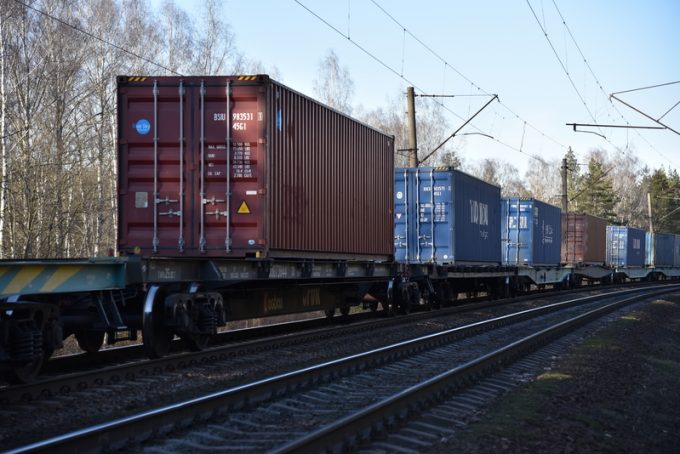Tariff threat makes no waves as spot rates tread water ahead of new GRIs
Container spot freight rates saw another week of gentle declines across all the major trades, ...

China-Europe rail freight growth slowed dramatically in the first half, but carriers blanking sailings could help boost volumes during the peak season.
Pegged back by sanctions against Russia, the rail network’s usual double-digit annual growth has come to a screeching halt.
First-half volumes increased just 2.3%, to 720,000 teu, according to China State Railway, and by comparison, volumes grew 29% last year and 56% in 2020.
Some forwarders point to Covid lockdowns in China as having an impact on volumes, but most agree ...
Amazon pushes into LTL for small package fulfilment and UPS does a u-turn
New senior management for DSV as it readies for DB Schenker takeover
Volumes set to 'fall off a cliff' as US firms hit the brakes on sourcing and bookings
Asian exporters scramble for ships and boxes to beat 90-day tariff pause
Temporary tariff relief brings on early transpacific peak season
'Tariff madness' will prompt renegotiation of ocean shipping contracts
Response to tariffs by Chinese importers may see extra costs for US shippers
Forwarders 'allowing the fox into the chicken run' by supporting 'hungry' carriers

Comment on this article
Arthur Brown
July 06, 2022 at 1:32 pmSmart move.